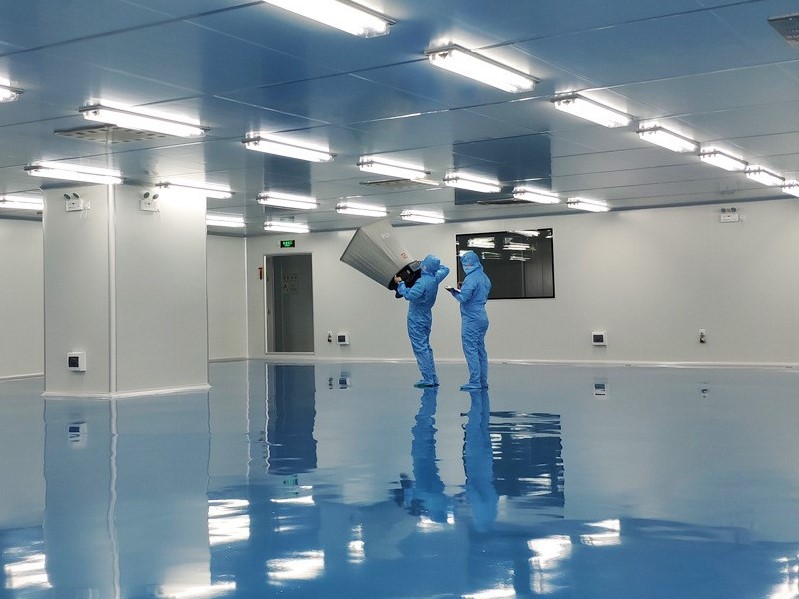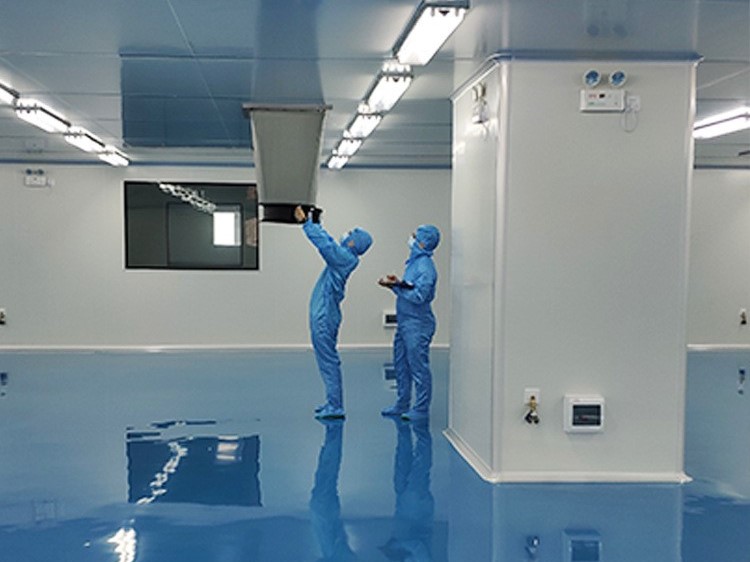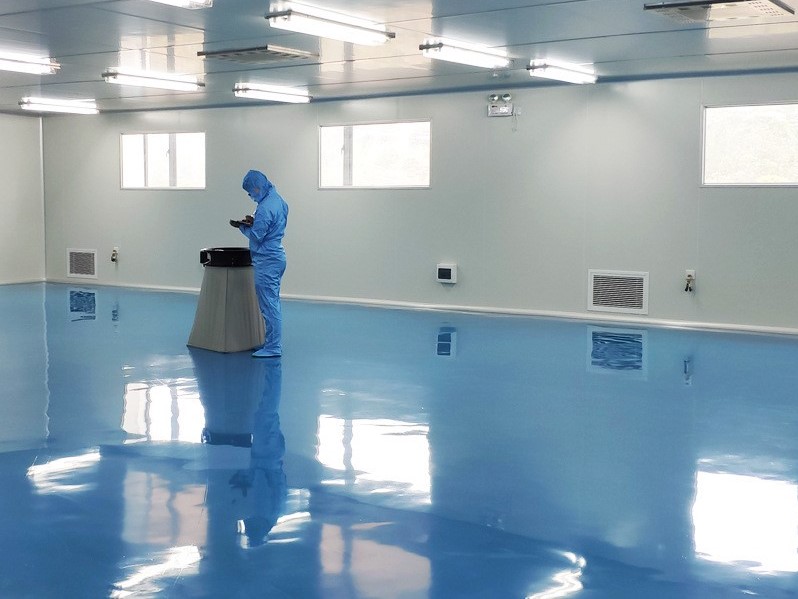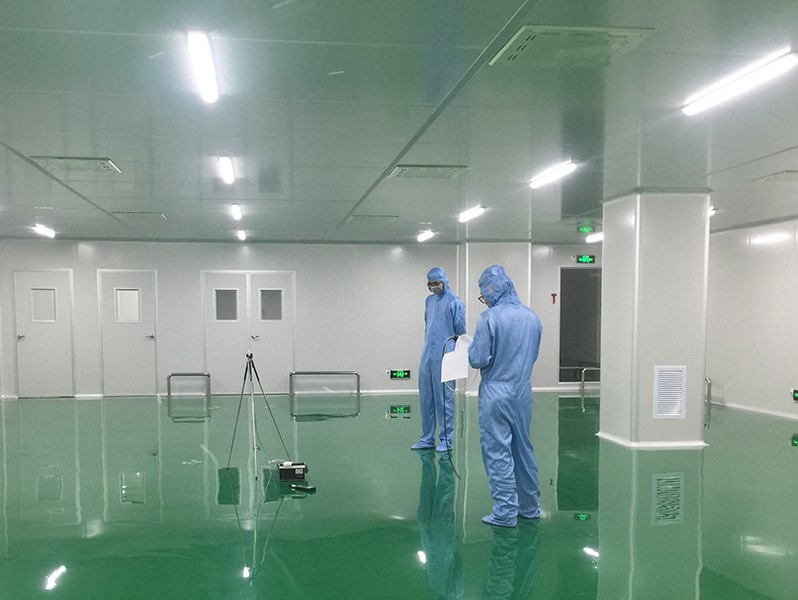The human body itself is a conductor. Once operators wear clothes, shoes, hats, etc. during walking, they will accumulate static electricity due to friction, sometimes as high as hundreds or even thousands of volts. Although the energy is small, the human body will induce electrification and become a highly dangerous static power source.
In order to prevent the accumulation of static electricity in the clean room coverall, clean room jumpsuit, etc of workers (including work clothes, shoes, hats, etc.), various types of human anti-static material made of anti-static fabrics should be used such as work clothes, shoes, hats, socks, masks, wrist straps, gloves, finger covers, shoe covers, etc. Different human anti-static material should be used according to different levels of anti-static work areas and the requirements of the workplace.


① ESD clean room garments for operators are those that have undergone dust-free cleaning and are used in the clean room. They should have anti-static and cleaning performance; ESD garments are made of anti-static fabric and sewn according to the required style and structure to prevent the accumulation of static electricity on clothing. ESD garments are divided into split and integrated types. Clean room uniform should have anti static performance and be made of long filament fabrics that are not easily dusted. The fabric of anti-static clean room uniform should have a certain degree of breathability and moisture permeability.
②Operators in clean rooms or anti-static work areas should wear anti-static personal protection, including wrist straps, foot straps, shoes, etc., in accordance with safety operation requirements. The wrist strap consists of a grounding strap, a wire, and a contact (buckle). Take off the strap and wear it on the wrist, in direct contact with the skin. The wrist strap should be in comfortable contact with the wrist. Its function is to quickly and safely disperse and ground the static electricity generated by personnel, and maintain the same electrostatic potential as the work surface. The wrist strap should have a convenient release point for safety protection, which can be easily disconnected when the wearer leaves the workstation. The grounding point (buckle) is connected to the workbench or working surface. Wrist straps should be regularly tested. Foot strap (leg strap) is a grounding device that releases static electricity carried by the human body to the electrostatic dissipative ground. The way the foot strap contacts the skin is similar to a wrist strap, except that the foot strap is used on the lower part of the hand leg or ankle. The grounding point of the foot strap is located at the bottom of the wearer's foot protector. To ensure grounding at all times, both feet should be equipped with foot straps. When entering the control area, it is generally necessary to check the foot strap. A shoelace (heel or toe) is similar to a footlace, except that the part that connects to the wearer is a strap or other item inserted into the shoe. The grounding point of the shoelace is located at the bottom of the heel or toe part of the shoe, similar to the shoelace.
③Static dissipative anti-static gloves and fingertips are used to protect products and processes from static electricity and contamination by operators in both dry and wet processes. Operators wearing gloves or fingertips may occasionally not be grounded, so the electrical storage characteristics of anti-static gloves and the discharge rate when re grounded should be confirmed. For example, the grounding path may pass through ESD sensitive devices, so when contacting sensitive devices, static dissipative materials that slowly release static electricity should be used instead of conductive materials.


Post time: May-30-2023

